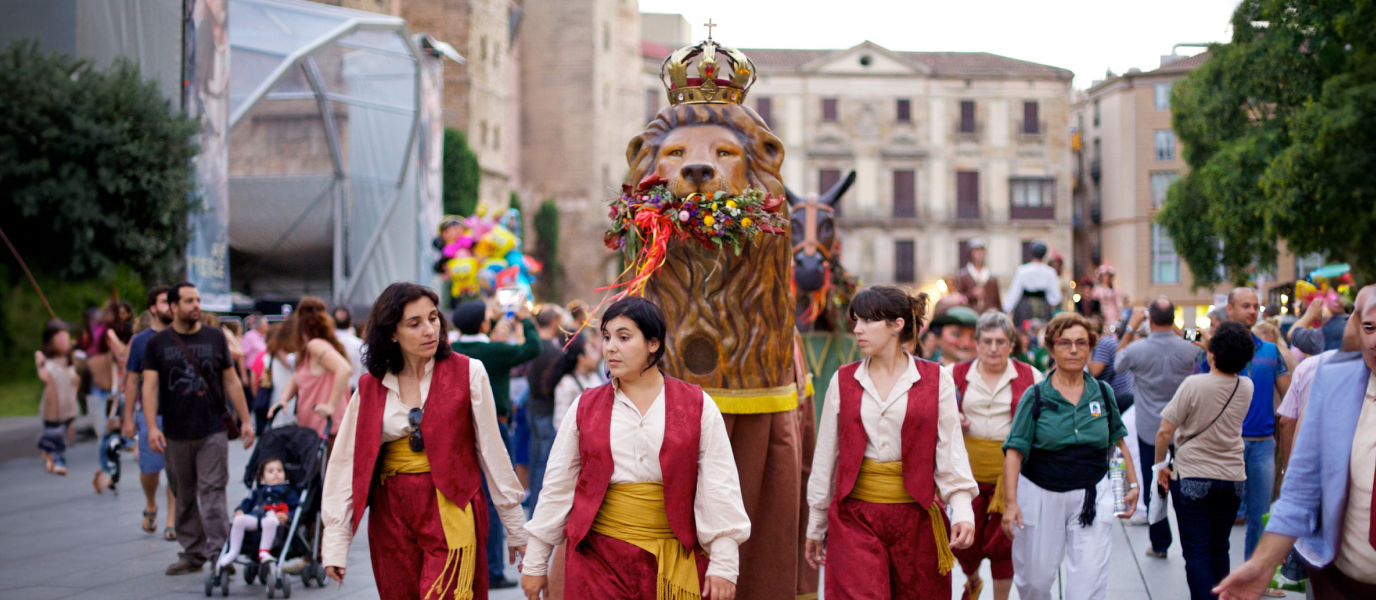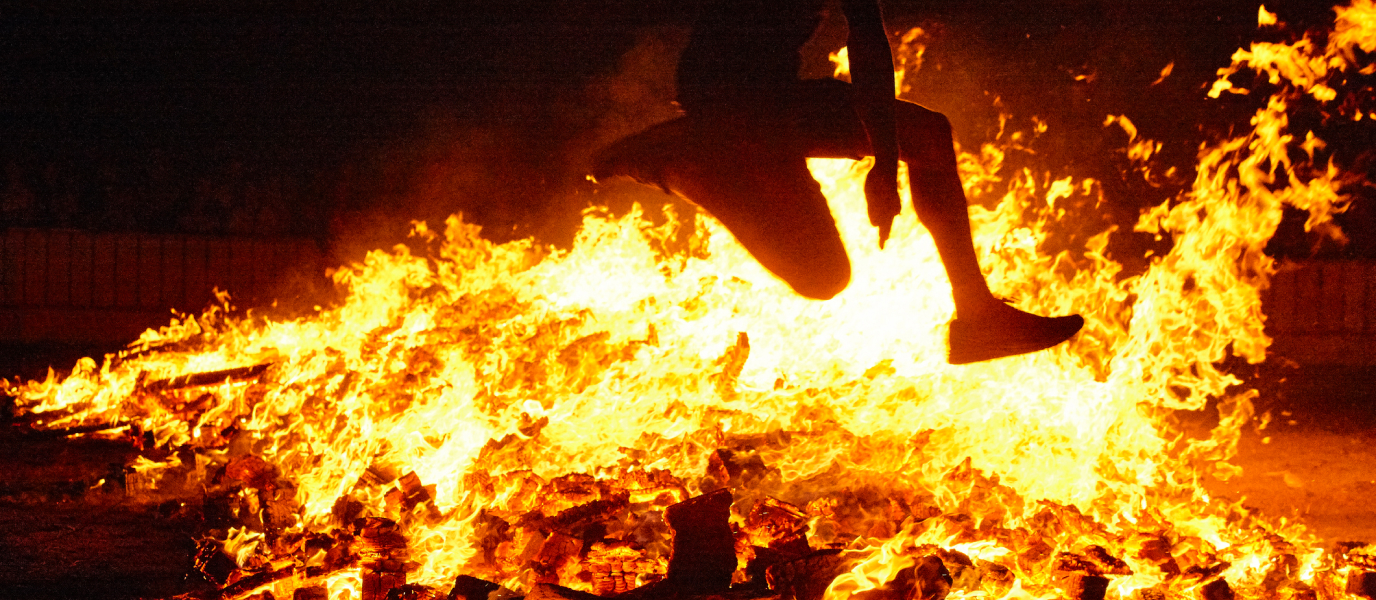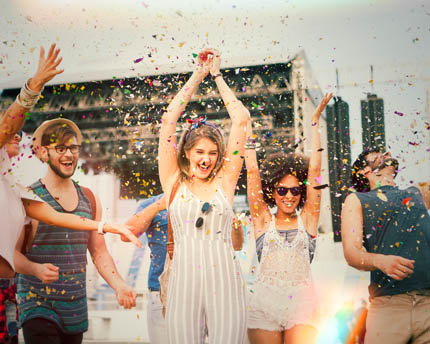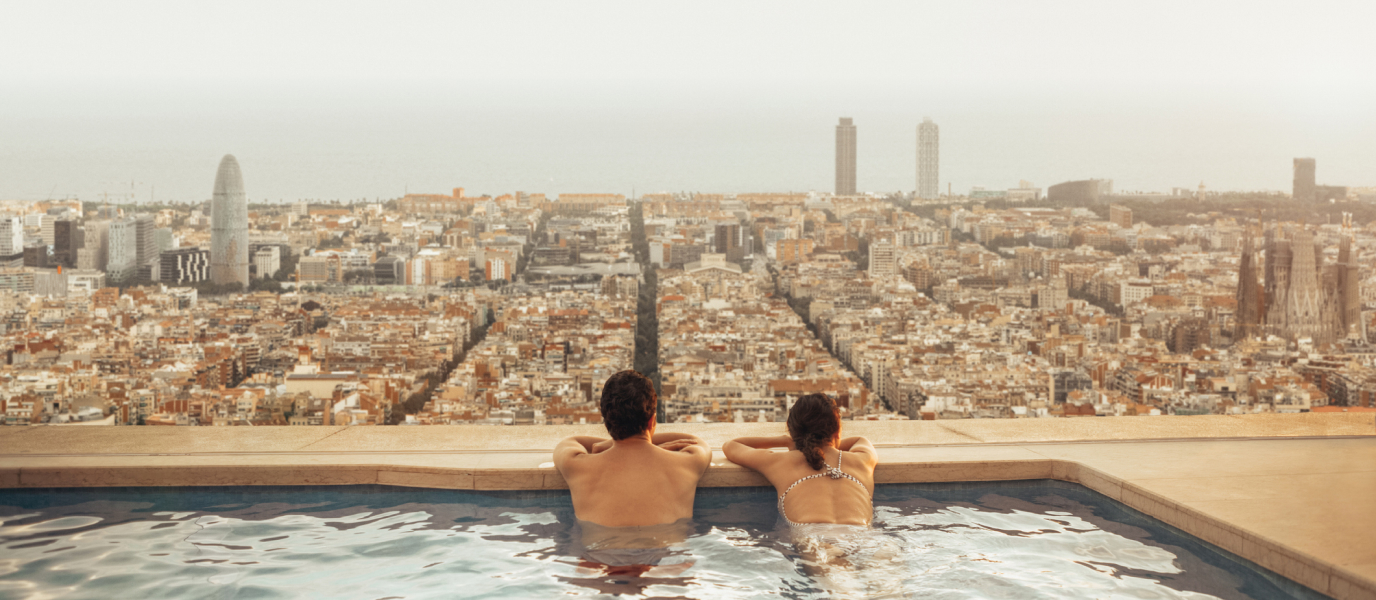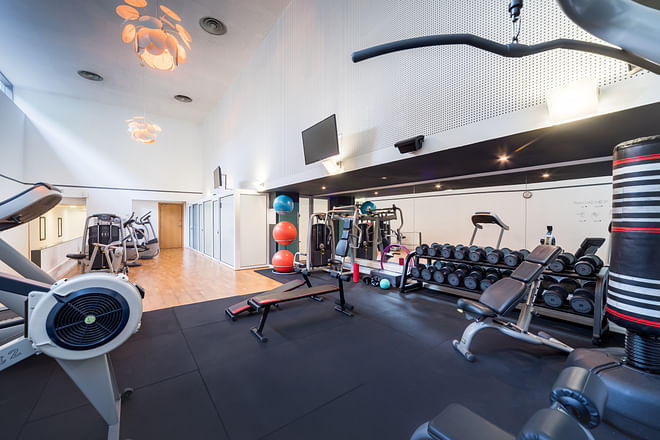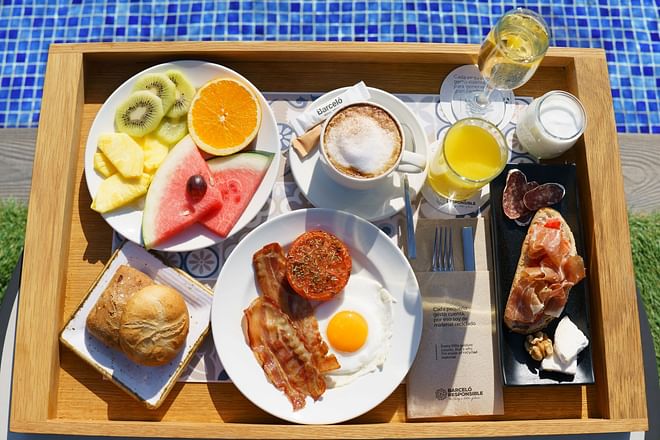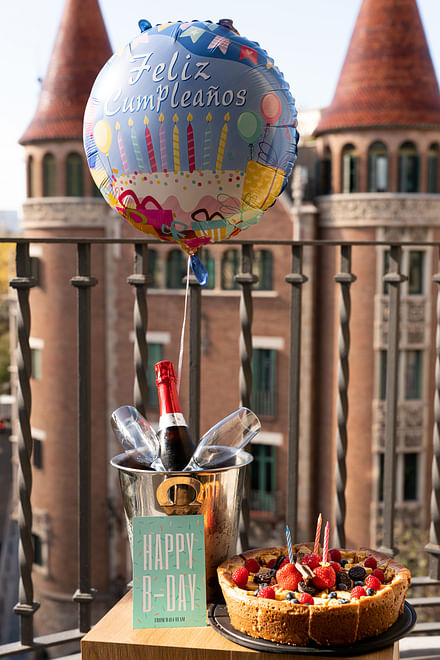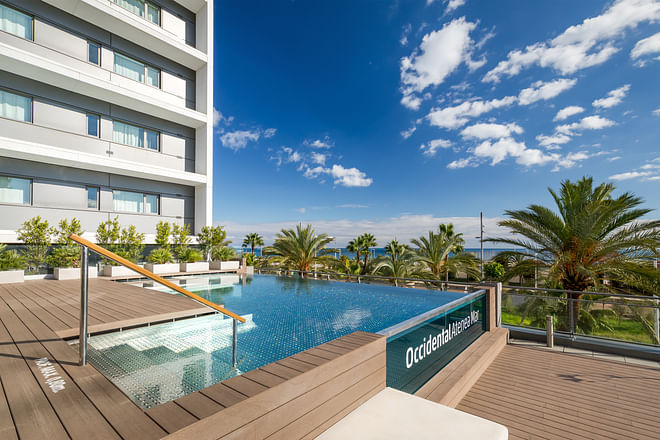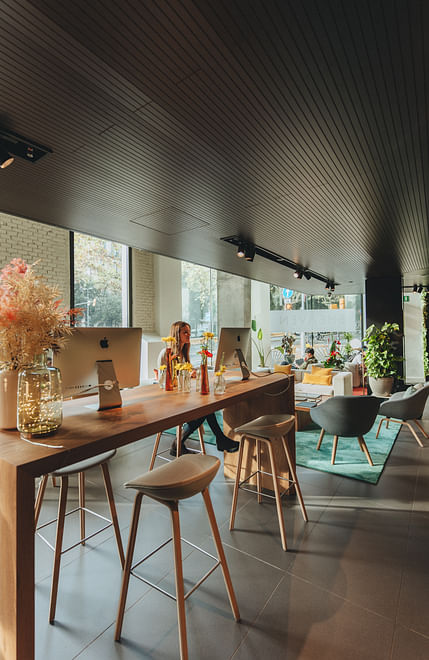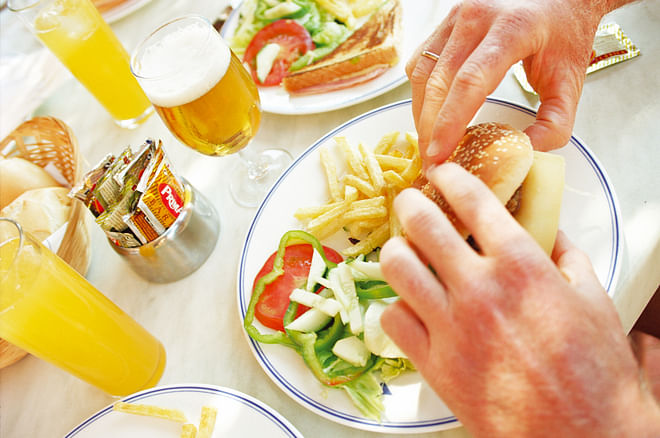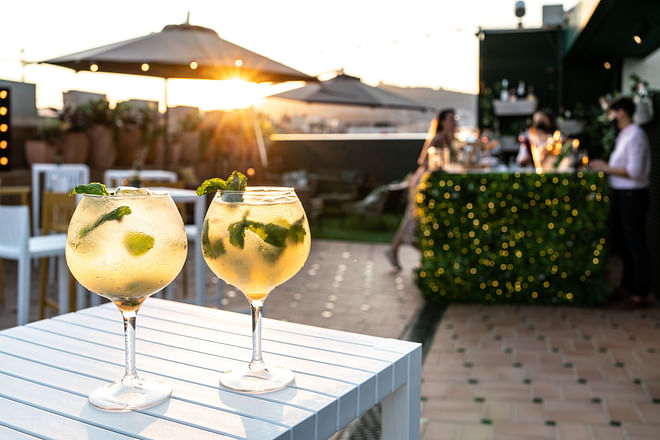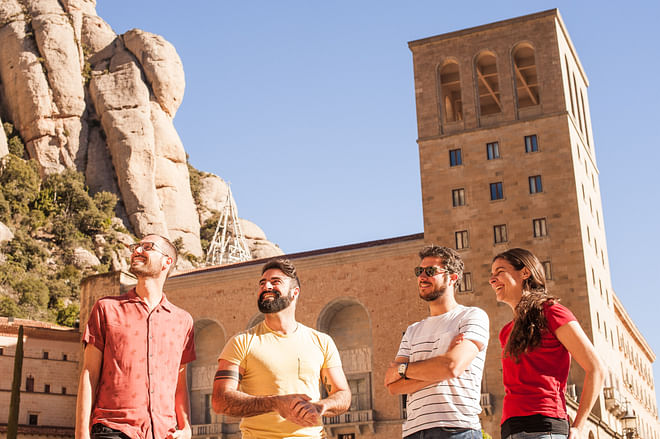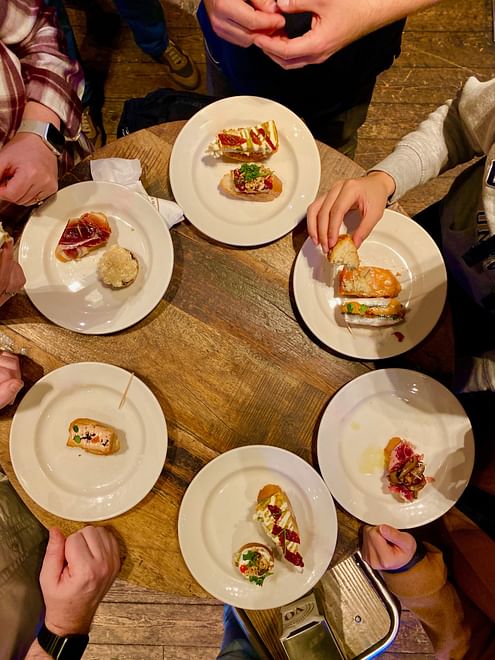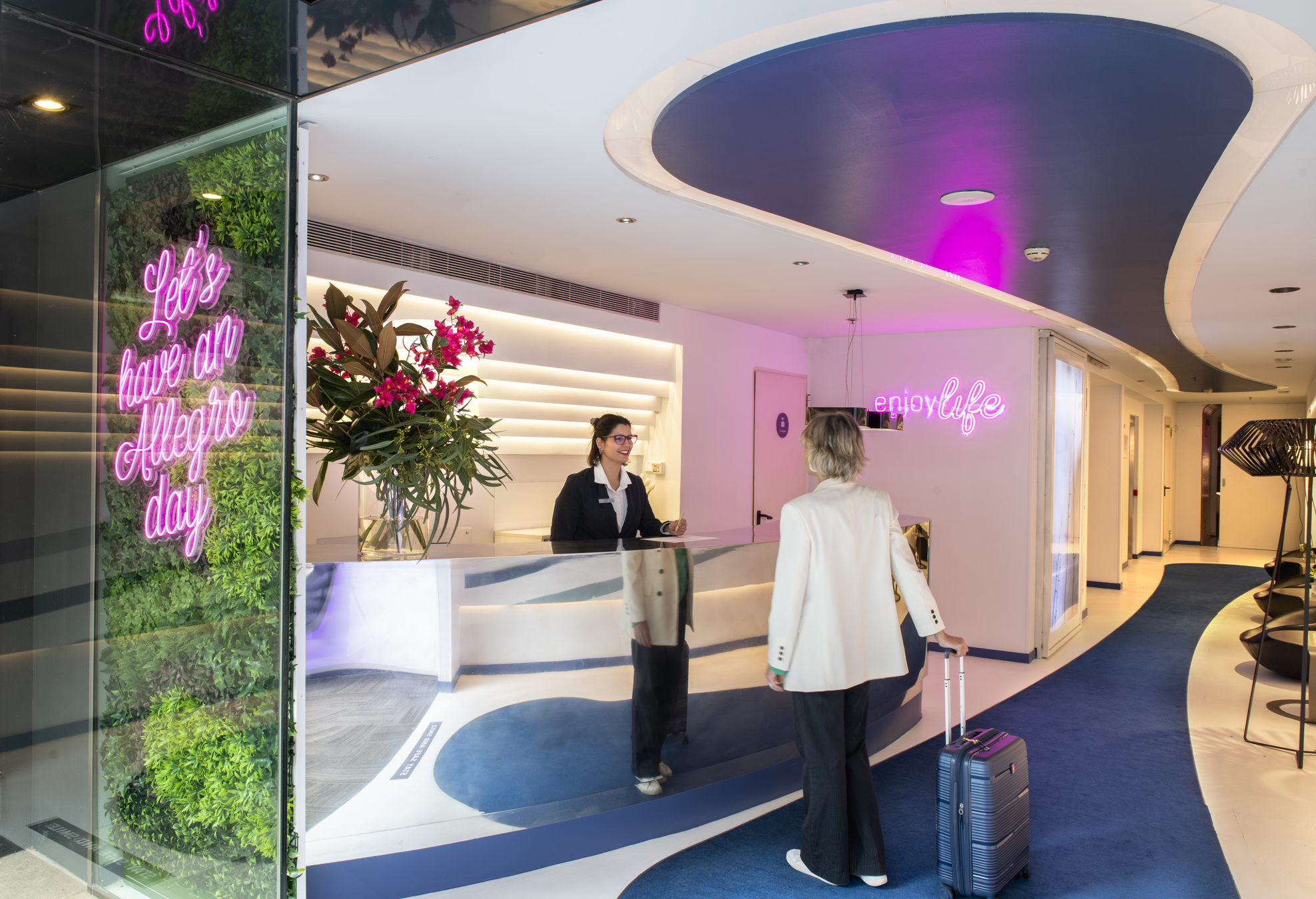The festival is held in honour of Barcelona’s patron saint, Mare de Déu de la Mercè [The Virgin of Mercy] and her feast day is celebrated on 24 September. The festival brings together the most important aspects of Catalan culture and the latest artistic movements. La Mercè is characterised by participation from locals who are inspired by over 600 scheduled free activities—there’s no better way to bid farewell to the summer.
The Virgin of Mercy is venerated in a basilica in the Gothic Quarter and she was officially recognised as patron saint of the city of Barcelona by Pope Pius IX in 1868. Some museums and historic buildings in the city hold open days during La Mercè.
Street entertainment
Over 2,000 artists take part in the four-day festival. Everyone is invited to this huge street party, the perfect way to discover Barcelona’s cultural diversity. All events are free and are held outdoors from 11:00 AM to 4:00 AM. Dance, circus, charanga percussion bands, street shows, lights, fire, image projections… Everything is possible during La Mercè. Alongside new artistic trends, the La Mercè festival is famous for its Catalan traditions allowing you to discover key aspects of the region’s popular culture during an event that attracts over 600,000 people each year. Parc de la Ciutadella is one of the focus points for street art and theatre companies often run children’s shows here. Circus events are normally held at the Montjuïc Castle.
The festivities kick off with a huge parade of giants and dragons, followed by drums and percussion instruments, which heads along La Rambla and Carrer de Ferran to Plaça de Sant Miquel.
Toc d’inici
This is the official start to La Mercè and features members of the Devils and Hawks troupes, called colles; the event begins with a parade of giants and beasts. Participants dance to the beat of music performed by over 40 musicians who only play together once a year using unusual instruments such as the oboe-like chirimia and tabal drum. The toc d’inici closes with a dance between the Jaume I and Violant giants.
The giants and beasts cross the city
Drums herald the coming of the giants as they walk through the streets of Barcelona. Enormous figures of kings and nobles spin around as they pass by, giving everyone the chance to admire them. Jaume I and Violant are the two main giants and they’re joined by various companions along the route. King Solomon and the Queen of Sheba, giants representing the royal Jewish couple, depart from the Basilica of Santa Maria del Mar. Mustafá and Elisenda, representing a Moorish king with a sabre and scimitar and a medieval lady, leave from the church of Santa Maria del Pi. The Marcers (large-head) couple join these two giants to perform their own dance: La Gavaldana.
They’re accompanied by traditional Catalan beasts such as the eagle, representing St John the Evangelist, the ox, the garlanded mule, the crowned lion and the snake. La Cuca Fera is a beast with a feline head and body of a tortoise that shoots water and sweets. The procession also includes eight characters who symbolise the battle between the Christians and the Turks. Another beast that frequently appears in the festivities is vídria—a dragon with the tail of a snake and the wings of a bat.
Sardana, the traditional Catalan dance
Local residents dressed in traditional costume gather opposite the cathedral to dance the sardana folk dance; participants hold hands in a large circle during the cobla oficial at the very moment the toc d’inici begins. Group dances and competitions are held during the four days of the festival. On 24 September, the main day, the Colles Sardanistes competition is held where groups from around Spain compete against each other. An open dance is held once the competition ends—if you’ve been keeping an eye on the steps, why not follow the rhythm and join in?
Correfocs de diables
The traditional Catalan correfoc (fire run) is linked to similar parades of devils with firecrackers that began as a tradition in the Levante region. Spectators are advised to wear glasses, a hat and long sleeves in case any sparks come flying your way. When night falls, Via Laietana clears for the devils parade who let loose with an endless series of bangers—the devils are joined by fire-breathing dragons.
Castellers: climbing high
During La Mercè you’ll also have the chance to see a real casteller. These human towers can reach 10 m high and are an amazing example of teamwork where the smallest child climbs to the very top. Various colles or teams take part, including castellers from Sants, Vila de Gràcia, Sagrada Familia, Poble-Sec, Sarrià and the Colla Castellera Jove.
Projections in Plaça de Sant Jaume
Every evening one of the buildings in Plaça de Sant Jaume becomes the perfect canvas for a vast projection mapping with music, colours, images and sound effects—don’t miss this themed event if you’re in Barcelona during La Mercè.
BAM Festival
Enjoy the best independent music at the Barcelona Acció Musical festival during La Mercè. Over 60 music events spread across 10 simultaneous stages with performances by famous Spanish and international pop, rock and jazz groups. Concert venues include the Parc del Fòrum, Plaça Reial, Plaça de Catalunya and the old Damm beer factory.
La Mercè, patron saint of Barcelona
The link between the Virgin of Mercy and the city of Barcelona can be traced back to the times of the Reconquista. According to legend, King James I, Saint Peter Nolasco and San Ramón de Penyafort all had a vision of the Virgin of Mercy at the same moment in August 1218; she asked them to create a religious order to save Christians who were trapped by the Saracens. Centuries later, in 1687, a second miracle was attributed to the Virgin when Barcelona suffered under a plague of locusts and the city prayed to La Mercè to make them disappear. When their prayers were heard, the city council decided that the virgin should be their patron saint, however, the Pope didn’t ratify her status until two centuries later.
The La Mercè festival ends with a huge fireworks display set to music in Plaça d’Espanya, a pyro-musical event next to the Magic Fountain of Montjuïc.





























































